The small (but hopefully growing) number of consumers out there familiar with Finger Lakes wines is likely familiar with this winery. Though the wines have been absent from Wine Spectators’s official tastings for a few years now, quality has always been high. I was happy to sit down with the current owner and head winemaker Fred Merwarth this week, to get caught up on the latest changes and goings on at Hermann J. Wiemer
Merwarth, 31, grew up on a farm on Pennsylvania, and was attending Cornell for an agriculture degree when he went abroad. While traveling, Merwarth (of German descent) caught the wine bug when tasting in a cellar in Alsace.
“I was tasting with a guy my own age, and he was telling me about how his family had made wines there since the Romans left,” said Merwarth. “That’s when it hit me.”
So in 2001 he took a job at the winery, located in Dundee, N.Y., and wound up getting all his training on the job from the former owner and head winemaker. Merwarth eventually worked out a deal in 2007 that shifted ownership and day-to-day management of the winery to he and his wife, with Wiemer a minority partner.
Wiemer himself still consults and plays an active role in the winery that has born his name since its founding. Wiemer planted his own vineyards in the 1970s and then produced his first commercial vintage in 1981, following his notorious Christmas Day firing from Bully Hill, a hyrbid grape winery owned by the Taylor Wine Co. Since then, the winery has gained a standoffish reputation among other wineries within the region as Wiemer insisted that quality—through vinifera-only bottlings and low yields—was the only way for the region to move ahead. Those two concepts still struggle for wide acceptance in the Finger Lakes today, though a small group of wineries, including Dr. Konstantin Frank, Red Newt, Anthony Road, Fox Road, Standing Stone, Ravines and others are working to change that.
The Hermann J. Wiemer winery produces just 12,000 cases annually (60 percent of which is Riesling) from its 65 acres of vineyards. Quick math tells you that yields here are low, and Merwarth notes they average about 2.5 tons to 3 tons per acres. That’s an eye-opening number in a region where overproduction sometimes leads to grapes hanging on the vine, unsold, until they rot.
Wiemer sources its fruit from three main vineyards spread along Seneca Lake—the HJW, Magdalena and Josef vineyards. The HJW vineyard is the oldest spot, dating back to Wiemer’s first plantings in 1976, and it produces Riesling in a slatey, bony style. The Josef and Magdalena vineyards are 10 miles north of HJW, and the short drive results in a different microclimate – they’re both warmer spots that produce riper-styled Rieslings, the Magdalena vineyard in particular.
Magdalena is the youngest of the three, planted in 1999. As its fruit began to be incorporated into the estate Riesling, it shifted the style of the wine. Long time consumers began to notice, according to Merwarth, and some asked if the winery was changing its style.
So, in response, Merwarth, who takes a studious approach to his work, began numerous trials with fruit sourced from the different vineyards, picked at different times. As he got a feel for their various qualities, he began to bottle some of the production separately.
In 2007, the Magdalena vineyard bottling is very fresh and pure, with bright heather, honeysuckle, white peach and mineral notes. In stark contrast is the ’07 HJW vineyard bottling, which shows its bony, dry style, with slate, green apple, Damson plum and green almond notes that stay well-defined through the mouthwatering finish. Both wines are impressive, and they should have some staying power for cellaring too, which distances them from most of the wines currently produced in the Finger Lakes. (Low yields, anyone?)
Merwarth has a small staff to run the day-to-day operations, so he’s often working the market himself, in addition to overseeing the winemaking. Despite the quality of the wines, he sees first-hand the struggle that a New York winery has to get noticed, even in a marketplace as large and open as the Big Apple, just a 4.5-hour drive away.
“We can’t sell them as a New York wine. We have to introduce them as Riesling first,” said Merwarth. “That approach makes a difference. But I hope it’s something that changes.”
If a broader base of consumers is going to change its perception of Finger Lakes wines, the region will need more winemakers like Merwarth, who understand how critical site selection and low yields are to making quality wine.
Note: Formal reviews of the two ’07 single vineyard Rieslings as well as other ‘07s from Wiemer, based on official, blind tastings, will appear in the near future.

